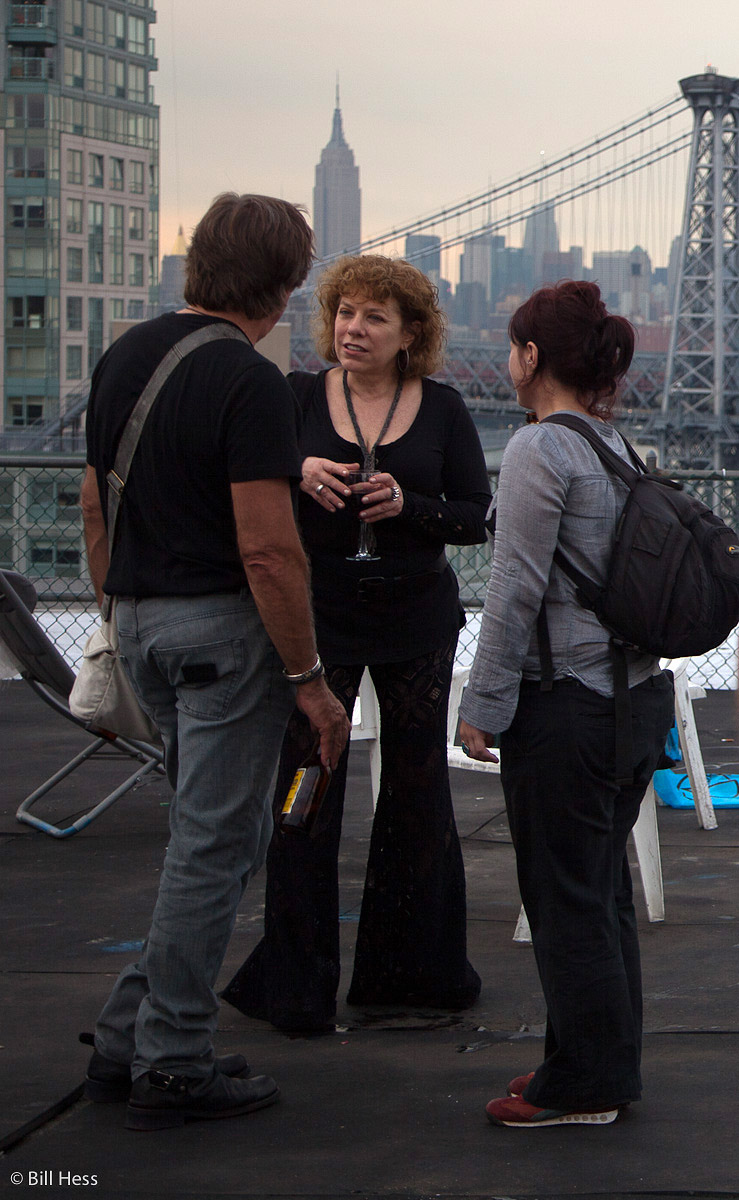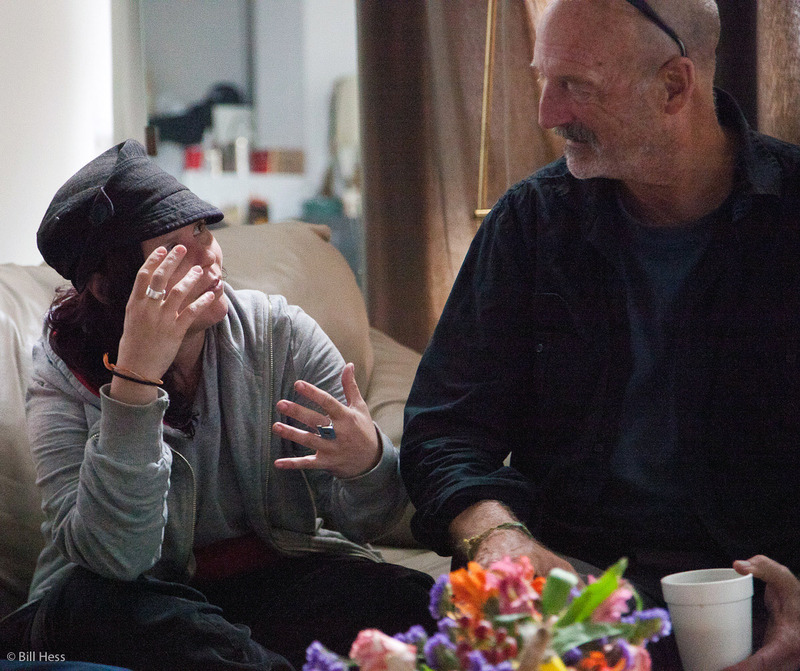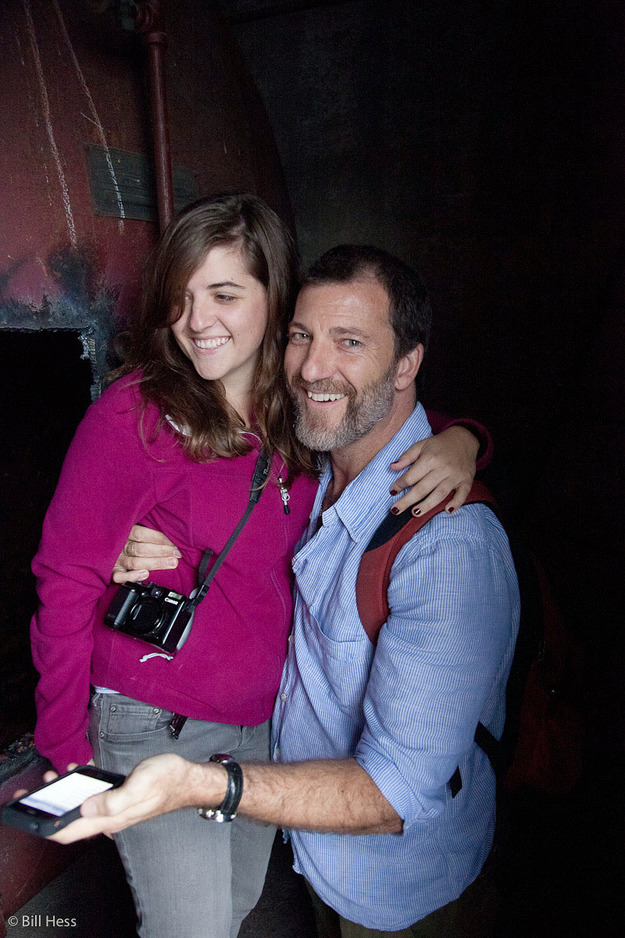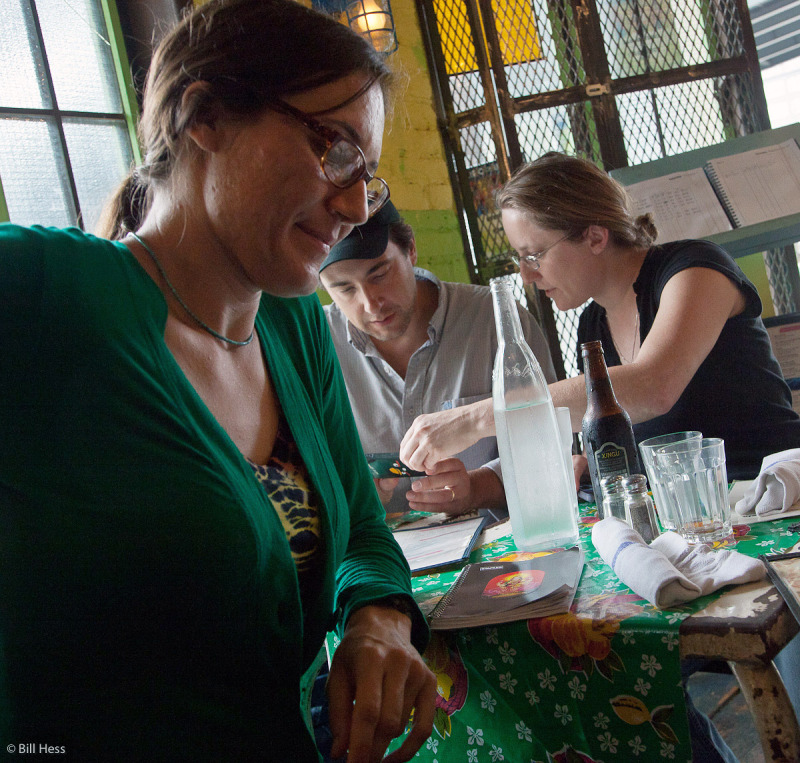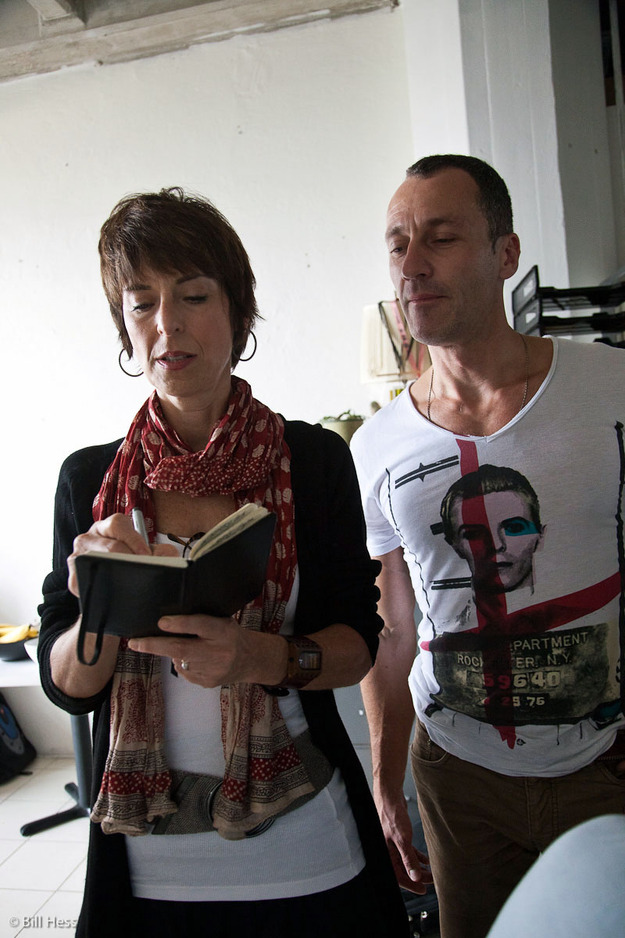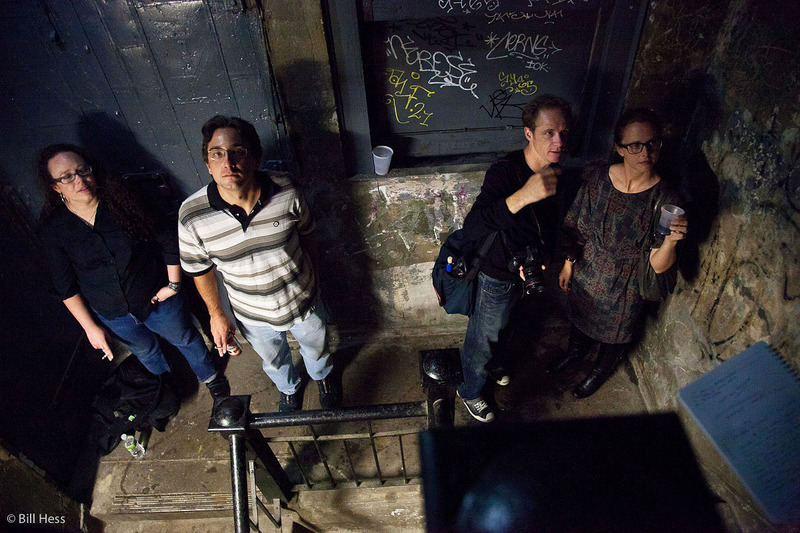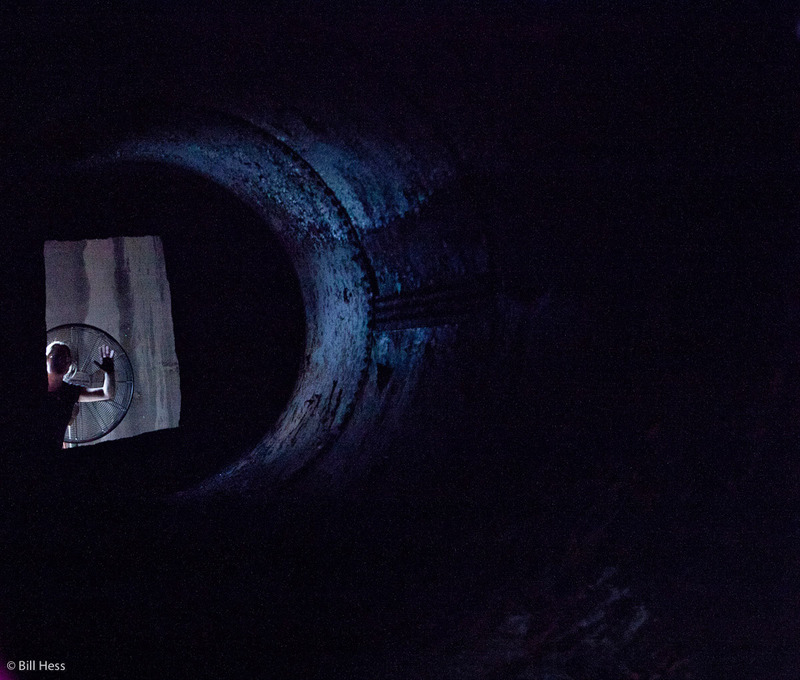
The other day, I visited the website for the movie, Big Miracle, scheduled for national release Friday and in the storyline read this:
"Local newsman Adam Carlson (Krasinski) can’t wait to escape the northern tip of Alaska for a bigger market. But just when the story of his career breaks, the world comes chasing it, too. With an oil tycoon, heads of state and hungry journalists descending upon the frigid outpost, the one who worries Adam the most is Rachel Kramer (Barrymore). Not only is she an outspoken environmentalist, she’s also his ex-girlfriend."
Good grief! Except for the parts about "can't wait to escape the northern tip of Alaska" and "the one who worries Adam the most is Rachel Kramer (Barrymore)... his ex-girlfriend," it was like I had just read about myself.
In fact, among the real people of this earth, there is no one but me who those lines could have described.
I also read in the Anchorage Daily News about how all kinds of Alaskans, including our Congressional Delegation, had attended the Washington, D.C. premiere. According to the article, just about all the Alaskans there had come in a bit skeptical but had left with praises for the movie.
The article also reported that there would be a "by invitation only" premiere in Anchorage on Sunday, January 29, in the Tikahtnu Stadium 16 theatres. I do not want to sound like a petty person, but I felt a bit miffed. When I visited the movie set by invitation in November of 2010, my book, Gift of the Whale: The Iñupiat Bowhead Hunt - A Sacred Tradition, was everywhere. People kept bringing it to me for autographs and describing it as their "Bible" from everything to creating sets to costumes, and for helping them to understand what actually happened out there.
Yet, they had not sent me an invitation to the premiere. So I sent an email to director Ken Kwapis, who had treated me very well on the set and who I found to be most likable and down to earth. He immediately emailed back, apologized for the oversight, and let me know I should receive tickets online before the day ended.
The tickets came. So here I am with Margie standing in the concession line to pick up the free popcorn and drinks that came with the tickets. She is rubbing her hands together because they are cold. It has been pretty cold lately. In our neighborhood, it was -34 F yesterday morning and, at the warmest part of the day, struggled to break -20.
Of course, it was much colder in the cold parts of the state - Fairbanks, down into the mid - 50's and when I checked last night at 10:00 PM, Fort Yukon was -60.
When we left our house today, with Kalib and Jobe strapped into their car seats, it was -18. In downtown Wasilla, it was -7 and at Tikahtnu it was a pretty warm -2. Still, as we unbuckled the boys and turned them over to their parents, then walked from the mid-parking lot to the movie, Margie's hands got cold.

As we walked down the hall to Theatre 1, I spotted Tara Sweeney, mother of Ahmaogak Sweeney - the young Iñupiaq boy who played in one of the starring roles.

This is him: the young star, Ahmaogak Sweeney, who spoke briefly to the audience before the movie started. In his hands he holds a short message from Director Kwapis, who could not attend. Ahmaogak read the statement for him. I should have recorded it or taken notes, but, without quoting, I can report that Kwapis stated that he had never been to Alaska before the shooting of Big Miracle, but now he is determined to come back. He found Alaskans to be warm, friendly, and hospitable people and was amazed at the acting talent this state produced.
Of the actors, none - not even Drew Barrymore, Ted Danson, John Krasinksi, or Dermot Mulroney - outshone young Ahmaogak. He did great. He added a big dose of warmth and enthusiasm to the screen. I would not be at all surprised to see more of him in future films.
My favorite scene of the entire movie was the opener, where young Nathan sat with his grandfather Malik in the front of an umiak as the whaling crew paddled toward a bowhead. Awesome! In real life, Malik, Ralph Ahkivgak, was a most highly respected and successful Iñupiaq harpooner who brought his talents to a number of different crews. The movie Malik was not the real Malik, but a fictitious character who carried the real Malik's name.
He was played by John Pingayak, a Cup'ik from the southwest Alaska village of Chevak. Pingayak also did a superb job. I respect and admire him greatly, yet I could not help but want to hear an Iñupiaq voice, singing the Iñupiaq way, backed up by Iñupiaq drums.
I just couldn't help it - I wanted to hear those drums. I wanted to hear those Iñupiat voices.
This takes nothing away from John Pingayak. He performed superbly. His character had genuine Native depth and soul. I just wanted to hear Iñupiaq songs in Iñupiaq voice, with Iñupiaq drums. So beautiful. So powerful - These voices and drums should be heard in a movie about Iñupiat people.
Ahmaogak is being photographed by Bill Roth of the Anchorage Daily News. who I first met when he came to Barrow to photograph the rescue effort for the paper.

Going into the movie, I figured there was two different ways that I could view it. I could view it as someone who experienced the rescue operation from beginning to end, someone who has spent a lot of time in Barrow, who has come to love the place and who knows what everything looks like and where everything sits. If I were to view it this way, then I knew I could not help but be disappointed.
Or I could just relax, kick back, understand that it is impossible to make a feature film based on a real event that actually unfolds the way the real event did. I could watch it as a movie, made to entertain. So that is what I decided to do. I would not stack it up against what I experienced and what I know, but would watch it to be entertained, to be told a hopefully good story, even if not a wholly factual story. There was one thing that I felt the movie had to do. It might not be able to go deep into Iñupiat culture, it might have many non-Iñupiaq actors playing Iñupiats, it might not get every little thing just right, but it had to show respect to Iñupiat people and culture - their hunting way of life.
The book that served as the starting point for the movie, Freeing the Whales - How the Media Created the World's Greatest Non-Event, by Tom Rose, did not show respect to the Iñupiat. It did not show respect to Barrow. It did not show respect to hunters. It did not show respect for truth. It was a terrible book. It sensationalized almost all that it touched. I say, "almost all," because it did show repect for a Colonel in the National Guard and a woman from the Reagan White House who fell in love and got married.
I'll give Tom Rose that, but not much more.
Early on, I heard that the movie storyline had broken away from the book upon which it was based. That fact, coupled with the fact that my friend Othneil Oomittuk, who I have great respect for, and the open warmth that I found in Mr. Kwapis and that I heard that a young Iñupiat, Ahmaogak Sweeney, had a big role, gave me hope that the movie would paint a different picture than did the book.
Here is Ahmaogak, after the movie, posing with a movie goer.

Indeed, the movie did paint a different picture than did the book. Even with its fictional inaccuracies, it did show respect to the Iñupiat whaling and hunting culture. I think viewers who know nothing about Iñupiat culture will leave the theatre with a warm feeling towards it. It was greatly entertaining and I enjoyed it - but to fully enjoy it, I had to put myself out of myself.
Here is Ahmaogak, after the movie, posing with his mother and with actors Liam Boles and Maeve Blake, who played the Lower 48 brother and sister, Cooper and Shayna Dobler, who watched the rescue on TV.

So I did enjoy the movie and I would recommend it to anyone, especially families - it is good family entertainment. Afterward, Margie and I stopped in at the nearby Red Robin for dinner. As we ate, there were some things that I could not stop myself from going back inside myself and wondering about.
I won't give anything away, but there was one scene that if it had happened that way would have resulted in many fatalties among the rescuers. That was a little hard for me to watch, because I kept expecting everyone to get killed, even though I knew they wouldn't be.
And there's one more thing that kept bothering me a bit. It is a small thing, and again, it might sound petty. At the end of the film, at the end of the credits, they had a long list of thank yous. They could have listed Gift of the Whale, but they didn't.
One of the most dramatic scenes of the movie took place at night. Again, I will not give anything away, but to a signifcant degree that scene was partially accurate. It wasn't 70 below, it wasn't 50 below, but the whales were, indeed, in dire danger and their fate rested with two fellows from Minnesota. No one in all the media that had come up from elsewhere understood the situation and they were all back on land in Barrow, feasting at "Amigos" - Pepe's in real life. One video team, the same Adam Carlson, played by John Krasinski that I referred to at the beginning and the blond reporter, Jill Jerard had figured it out and got out onto the ice in time to document the event.
In real life, the media had also all retreated to Pepe's, except for myself and Jeff Berliner, a reporter for UPI. When the event upon this dramatic scene was based happened, it was documented by one media camera and one only. Mine. The picture is in Gift of the Whale. Without that picture, the filmmakers would have had little idea what the scene even looked like.
When I was on the set, the filmmakers let me know that they extensively used Gift of the Whale as a guide. So it might be petty of me, but I think that Gift of the Whale, with me as author and photographer, should have been named in the "thank you" part of the credits.
It would have been a very simple thing to do.

When I learned the movie was being made, I came up with a rough plan for this blog: I would dig up my negatives of the rescue, edit and scan them and then, beginning on the day that the movie is released, I would blog it, so that I could show it as I experienced it.
Recently, I had all but given up on that idea. I no longer have a working film scanner. There are cheap ones, but the quality of their scans is cheap, too. Towards the end of last year, I priced the good ones and there was no way I could buy one. Plus, I have been so busy. That plan has seemed impossible.
But now I have resurrected it. I have until Friday to figure out how to do it. Ideas are cooking in my head.
I might not spread it out over two weeks, but I am going to blog the gray whale rescue, as I experienced and witnessed it, as best I can.
On the drive back, Margie and I saw this tipped-over car at the side of the highway. I hope no one was badly hurt. I shudder to think of what it could be like to be driving in a light jacket and then get trapped in weather such as this, which at this place was about -10.
Complete index to the rescue series that followed:
Part 1: Context bowhead hunt
Part 2: Roy finds the whales; Malik
Part 3: Scouting trip
Part 4: NBC on the ice
Part 5: To rescue or euthanize
Part 6: Governor Cowper, ice punch, chainsaw holes
Part 7: Malik provides caribou for dinner
Part 8: CNN learns home is sacred place
Part 9: World's largest jet; Screw Tractor
Part 10: Think like a whale
Part 11: Portrait: Billy Adams and Malik
Part 12: Onboard Soviet icebreakers
Part 13: Malik walks with whales, says goodbye
Part 14: Rescue concludes
Part 15: Epilogue
 Tuesday, January 31, 2012 at 9:47PM
Tuesday, January 31, 2012 at 9:47PM  CChugach Mountains,
CChugach Mountains,  Wasilla Lake,
Wasilla Lake,  school bus,
school bus,  snowplow,
snowplow,  train in
train in  Wasilla
Wasilla 






















